Have you ever been hungry, really hungry? Have you ever wondered where your next meal might come from or if it will come at all? According to a report from the United States Department of Agriculture, one in seven people in Colorado are food insecure.
“Food insecure simply means that people are not sure where their next meal is coming from,” said Jodi Torpey, a member of Garden Writers Association and volunteer coordinator for Colorado’s Plant a Row for Hunger organization. “They’re not sure about tomorrow or next week. Even if they are working, minimum wages aren’t enough to ensure they’ll eat.”
Carol Ledbetter, the Program Administrator for Plant A Row’s national effort concurs. “It isn’t just derelicts that are going without food,” she said. “It’s also a lot of people working two jobs, or who can’t find a job while they’re taking care of their kids. We have to keep in mind that hunger statistics are often much greater in your own community than you might think.”
These two experts in gardening, writing, and helping people get enough to eat, sent us to several websites where a person can find out amazing and even frightening information about hunger in our community. For instance, on the Food Bank of the Rockies site, we learned that more than 224,000 children in Colorado are living below the poverty line. And seven per cent of our Coloradan seniors live below 100% of poverty and 28% live below 200% of poverty.
Any way you look at it, hunger is a huge problem. But what can one person do?
The answer to that question is–plenty.
In 1995, Jeff Lowenfels was faced with the shut down of his local soup kitchen, the Bean’s Café, in Anchorage, Alaska. As a garden writer and active member of Garden Writers Association, Jeff asked readers of his column to plant one extra row of vegetables to give to the Bean’s Café. The program was hugely successful, so Jeff took his idea to the GWA meetings and suggested expanding it around the country. Since that time, this grass-roots organization has been responsible for an abundance of donations to soup kitchens, food banks, neighbors, and all sorts of people in need. GWA is supported in large part by Scott’s Miracle Grow company, but most government red tape has been cut by simply encouraging garden readers to act.
“I am responsible for tracking the number of pounds of food donated each year,” said Carol. “Currently, we average about two million pounds of donated food each year. As I gauge the interest of people, that interest has been picking up steadily. By 2015 we want to be able to say our gardeners have donated 20 million pounds of food in 20 years. I think this will happen.” She indicated that she only tracks what’s been reported. Much more produce is given away anonymously.
For Jodi, her enthusiasm for the project jumped to new heights in 2010. “I thought I’d like to take it farther, so I contacted the big three seed companies in Colorado, and they donated thousands of seeds at the end of the year. We distributed these seeds at different events in the community, at schools and independent organizations.” The seed companies were BBB Seeds, Botanical Interests, and Lake Valley Seed Company.
Jodi explained the growth of efforts in Colorado. “In 2013 several charitable organizations formed a collaboration called Produce For Pantries dot com. I think there are 12 different groups that banded together to encourage backyard gardeners, school gardeners and community gardeners to share their produce.”
Today, if you have that extra zucchini or fistful of tomatoes you don’t want to eat, try sharing your extra harvest. It’s easy to do and you’ll feel great for the effort. Here’s how:
One. “There aren’t a lot of rules,” said Carol. “And remember that the food banks and soup kitchens will take veggies, fruits and even your herbs. Just give them away within a day or two of picking them.” And Jodi added this clarification: “You want to give away produce that you would be comfortable serving to your family or your guests. There’s no need to be picture perfect, but you want to donate it before it has a chance to over-ripen.”
Two. Find a donation spot close to you. “You can call the Hunger Free Colorado hotline, toll-free at 855-855-4626,” said Jodi. “Leave the words “extra produce” in the first part of your message, because people in need also use this line.”
Three. Harvest, clean, and package your produce. “It’s not difficult,” said Jodi. “For example, when I have cherry tomatoes to give, I run them under water to clean them, and then bag them in those small plastic sandwich bags, so they don’t have to grab handfuls to give away. You just have to think ahead that way.” Carol added, “When you donate food, you’re protected by the Good Samaritan act. You won’t be liable if your produce isn’t used immediately.” Both women recommended getting your harvest into your donation place as soon as possible once it’s off the vine.
“Home-grown produce is a very valuable commodity,” said Jodi. “It’s going to be very appreciated.”
If you’re interested in learning more about this wonderful program that’s sweeping the country and beyond, be sure to check out these valuable websites:
- GardenWriters.org – plant a row for the hungry
- FoodBankRockies.org
- GrowLocalColorado.org
- ProduceForPantries.com
And if you want help designing and building a square foot garden as developed by author Mel Bartholomew, give DeckTec a call. We have all your backyard construction needs covered.
(Photo by Pete)

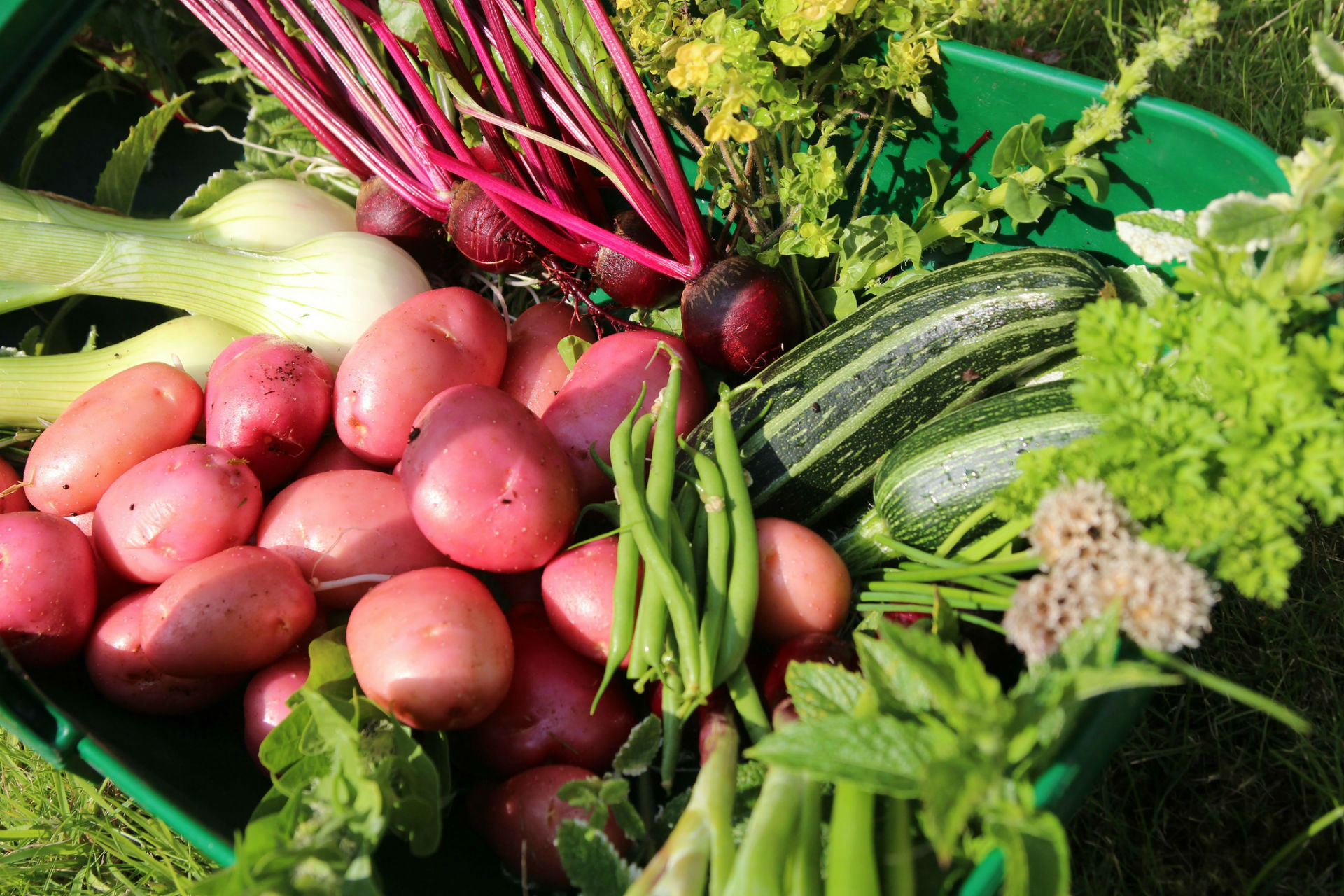
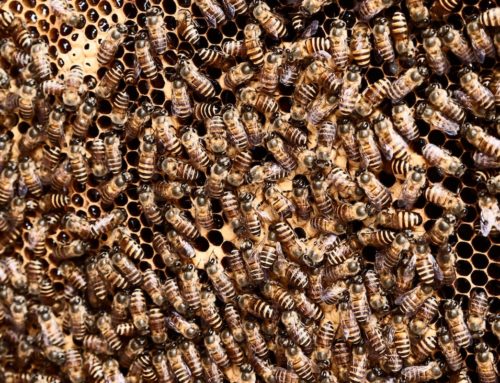

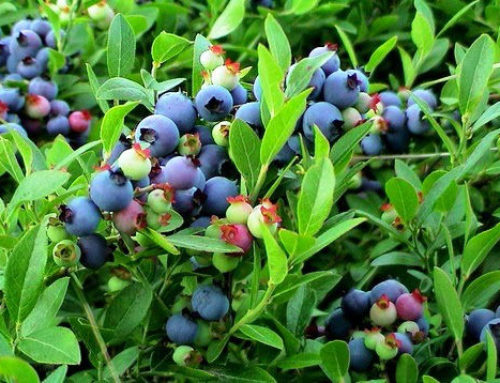
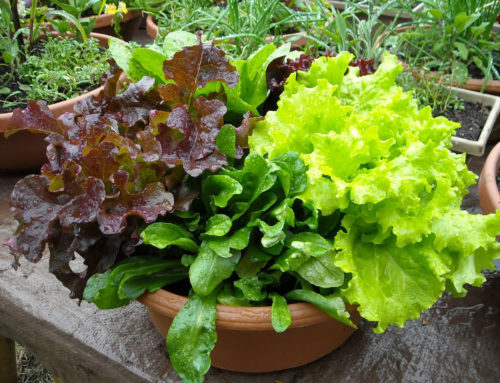
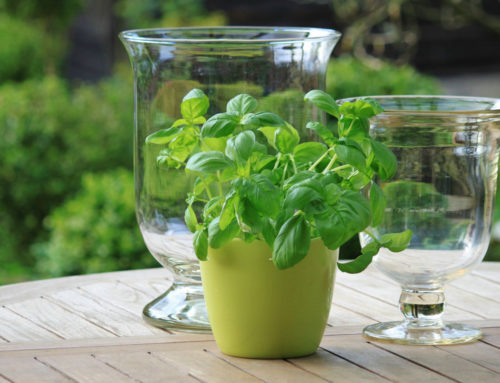
Leave A Comment